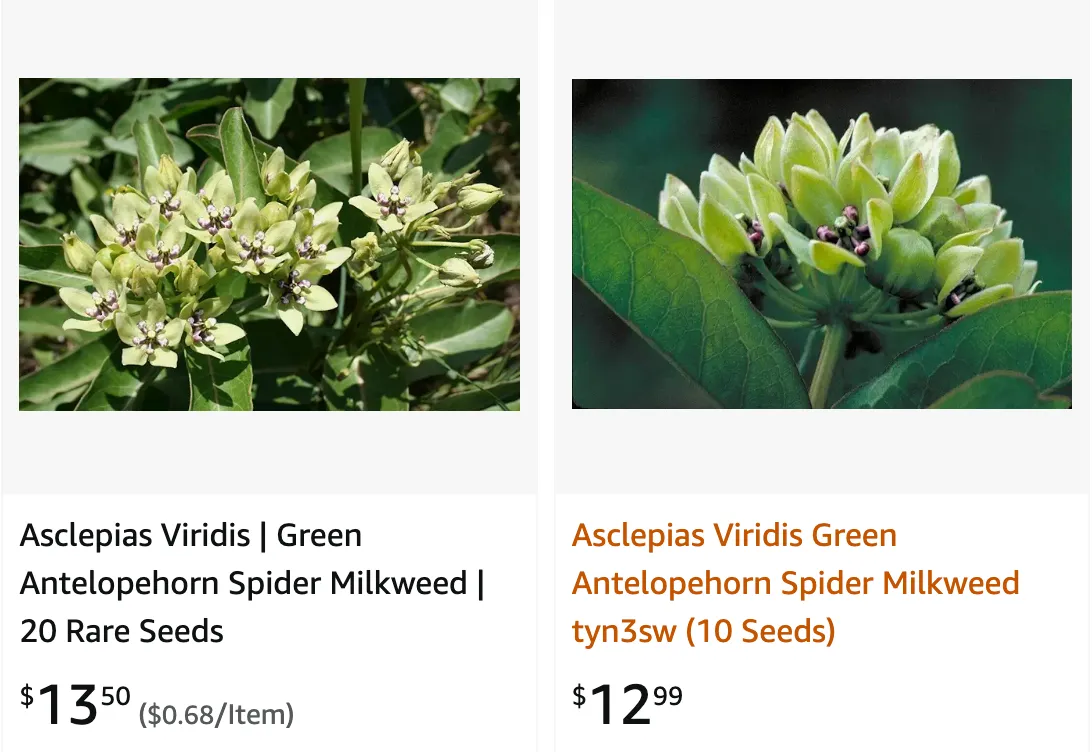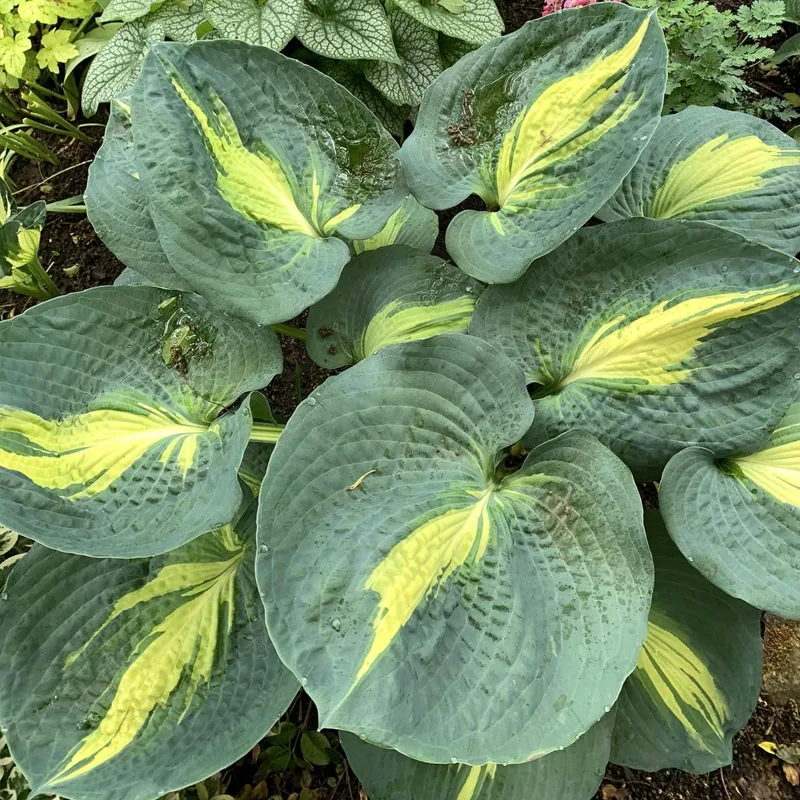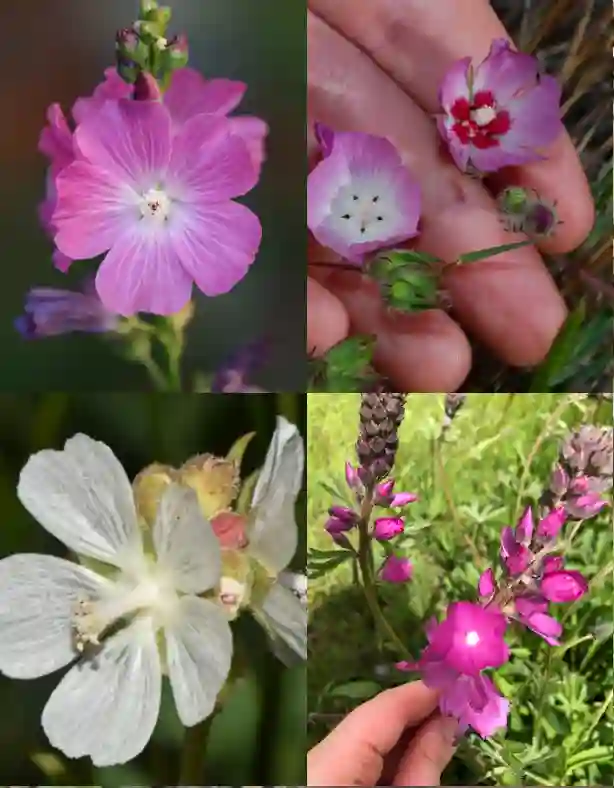
A Gardener’s Guide to Asclepias Viridis: The Emerald Champion of Butterflies
For years, my garden thrived with a kaleidoscope of blooms, but something felt missing. Then, I discovered Asclepias viridis, the Green Milkweed. This unassuming perennial wasn’t just another pretty face; it was a beacon for the fluttering monarchs and a vital link in the ecological chain.
Asclepias viridis, with its vibrant green and a hint of purple on its clustered flowers, isn’t the showiest wildflower. But its ecological importance is undeniable. This article will be your guide to cultivating this champion of butterflies in your own garden.
209 Species in Genus Asclepias
What is Asclepias Viridis?
Green Milkweed, also known as Spider Milkweed or Green Antelopehorn, is a perennial native to North America. Part of the Apocynaceae or dogbane family, it thrives in full sun and well-drained soil. Standing 18-30 inches tall, it boasts clusters of tiny white flowers with a hint of purple in the center. But the true magic lies in its flat, seed-filled pods that resemble miniature antelope horns, hence one of its common names.
Why Plant Asclepias Viridis?
Beyond its delicate beauty, Asclepias viridis plays a critical role in our ecosystem. Monarch butterflies rely solely on milkweed for their reproduction. Their caterpillars feed exclusively on its leaves, and the toxins they ingest become a defense mechanism against predators. Sadly, habitat loss has significantly reduced milkweed populations, threatening the iconic monarch migration. Planting Asclepias viridis in your garden provides a vital haven for these majestic butterflies.
How to Plant Asclepias Viridis?
Planting Asclepias viridis is a breeze. Here’s what you need to know:
- Timing: Sow seeds directly outdoors in fall or early spring after the danger of frost has passed. Alternatively, start seeds indoors 6-8 weeks before the last frost.
- Location: Choose a sunny spot with well-drained soil. Asclepias viridis tolerates poor soil conditions but thrives in fertile, sandy loam.
- Planting: Sow seeds 1/4 inch deep and keep the soil moist until germination, which usually takes 10-14 days.
How to Care for Asclepias Viridis?
Asclepias viridis is a low-maintenance plant. Here are some basic tips:
- Watering: Water regularly, especially during the first year, until the plant establishes itself. Once mature, it’s drought tolerant and requires minimal watering.
- Fertilizer: Feeding is not necessary. In fact, too much fertilizer can hinder flowering.
- Deadheading: While not essential, deadheading spent flowers can encourage additional blooms.
How to Propagate Asclepias Viridis?
There are two main ways to propagate Asclepias viridis:
- Seeds: This is the simplest method. Collect seeds from mature pods in late summer or fall. Allow them to dry completely before storing them in a cool, dark place for winter sowing.
- Division: Established plants can be divided in spring or fall. Carefully dig up the plant and use a sharp knife to separate the crown into sections, each with a bud or shoot. Replant the divisions immediately.
What to Plant with Asclepias Viridis?
Asclepias viridis thrives alongside other native plants that enjoy similar conditions. Consider these companions:
- Black-eyed Susan (Rudbeckia hirta): These cheerful yellow flowers add a burst of color and attract pollinators.
- Purple Coneflower (Echinacea purpurea): A vibrant addition with long-lasting blooms that attract butterflies.
- Little Bluestem (Schizachyrium scoparium): This ornamental grass provides textural contrast and winter interest.
A Gardener’s Reward
Planting Asclepias viridis isn’t just about aesthetics; it’s about contributing to a healthy ecosystem. Witnessing monarch butterflies flitting amongst its emerald blooms is a reward far greater than any prize-winning rose. So, join me in welcoming this champion of butterflies into your garden and watch your little corner of the world transform into a haven for these magnificent creatures.
If i die, water my plants!



